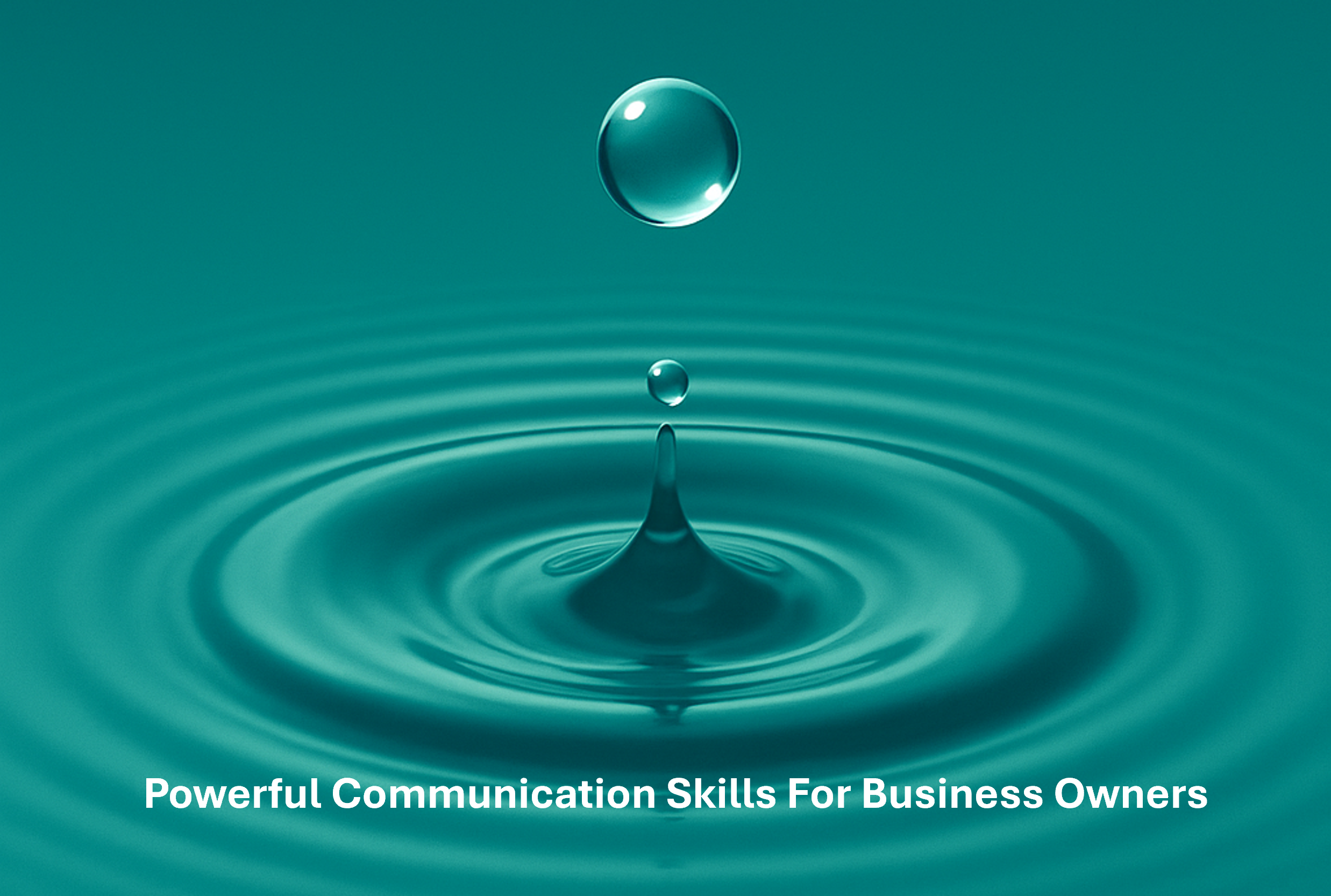9 - Say What You Mean – Without Causing a Firestorm
Direct, clear and respectful language that cuts through noise
In a small business, clarity isn’t a luxury, it’s a lifeline.
People don’t have time to decode vague instructions, chase up unclear requests, or tiptoe around tense topics. When communication is muddled, mistakes happen, relationships strain and progress stalls.
At the same time, being “direct” can easily slip into blunt, abrupt, or harsh. Then people shut down or push back and suddenly, a simple conversation turns into a drama.
So how do you speak clearly and honestly, without causing unnecessary damage?
This article is about saying what you mean, in a way that actually gets through.
Why We Avoid Directness
Most people don’t set out to be vague or confusing. But we often soften or muddle our language out of habit or discomfort.
Common reasons -
We don’t want to hurt feelings
So we hint, hedge, or sugar-coat until the message gets lost.We’re afraid of conflict
So we leave things half-said and hope the other person picks up the signals.We assume people know what we mean
So we leave out key details, thinking they’ll “get it”.
The problem is, unclear communication often causes the very stress we were trying to avoid.
Directness Without Destruction
Direct doesn’t mean aggressive. Clear doesn’t mean cold. You can say hard things without sounding like a hammer.
Here’s a practical formula -
Clear message + Calm tone + Respectful delivery = Impact without blowback
Let’s look at how to do that in a real workplace conversation.
Before You Speak - Check Your Intent
Start by asking yourself -
What am I actually trying to communicate?
What does this person need to hear from me?
How do I want them to feel at the end of this?
This quick pause helps strip out ego, frustration or unhelpful emotion—and sharpens your message.
Use the “What / Why / What Next” Frame
This simple three-part format keeps things on track -
What – the key message or issue
Why – the impact or reason it matters
What next – the path forward, request or action
Examples -
“I noticed the order didn’t go out yesterday. That’s put extra pressure on the team this morning. Can we talk about what got in the way and how to avoid that happening again?”
“I’m concerned about how the meeting felt today. It got quite tense and I think it might’ve affected the outcome. Let’s talk through what happened so we can reset.”
This approach keeps your words honest but constructive. No blame. Just clarity.
Use Plain, Concrete Language
Say what you mean. Not what you think sounds more polished.
Instead of -
“We might want to look at improving customer experience”
Say -“We’ve had three complaints this month about order delays. We need to review our dispatch process.”
Instead of -
“Your contributions haven’t quite hit the mark lately”
Say -“The last two reports were missing key data and that’s affecting decision-making.”
Vagueness protects no one. It leaves room for confusion and frustration.
Tone and Delivery Matter
You can say the exact same words in a helpful or harmful way. Your tone makes the difference.
Tips -
Speak a little slower than usual - rushing makes things feel tense
Keep your voice even and neutral - avoid sarcasm or sharpness
Use a calm, open posture - uncrossed arms, steady eye contact
Leave space after your message - don’t rush to fill silence
Be ready to listen - this is a conversation, not a download
A Story From the Office
In a small Wellington design studio, the team lead, Karen, was frustrated with a staff member who kept missing file naming protocols. At first, she sent vague reminders -
“Just a reminder to double-check file formats. Cheers.”
Nothing changed.
Eventually, she said, calmly and clearly - “Jake, I want to talk about file names. When they’re labelled differently, the printer gets confused and we lose time fixing it. I know you’re moving fast, but I need consistency here. Can you stick to the template going forward?”
Jake wasn’t offended. He actually thanked her. “I wasn’t sure if it mattered that much. That helps.”
That’s the power of clear talk. It gets results and preserves the relationship.
Language to Avoid
These phrases often derail conversations -
“You always...” / “You never...” – Too absolute, invites defensiveness
“It’s just common sense” – Feels patronising
“As I’ve said before” – Sounds like you’re keeping score
“If you were listening...” – Dismisses the other person
“You should...” – Try “You could…” or “Would you be open to…”
Quick Reset If You Mess It Up
Even with the best of intentions, we all miss the mark sometimes. If your words land badly -
Pause
Own it
“That came out harsher than I meant. Let me try again.”
Re-centre the message
“The goal here is to fix the issue, not lay blame.”
This small reset keeps the conversation alive and repairable.
Final Thought
Clear, direct communication isn’t about being blunt. It’s about being honest, focused and fair.
When people know where they stand, they can improve, adapt and move forward. When messages are vague, everything slows down.
Say what you mean. Say it with care. Then listen. That’s how you lead without causing unnecessary fires.
Next up - how to check that your message landed the way you meant it to - because even the clearest words can still go missing in translation.
If you’d like a confidential, free of charge, free of obligation conversation about your business, here’s how to get me.
📞 Phone +64 275 665 682
✉️ Email john.luxton@regenerationhq.co.nz
🌐 Contact Form www.regenerationhq.co.nz/contact
If you’d like to read more RegenerationHQ thinking on SME business and other things, go here – www.regenerationhq.co.nz/articlesoverview
🔹 RegenerationHQ Ltd - Business Problems Solved Sensibly.
Supporting NZ SME Owners to Exit Well, Lead Better and Build Business Value.

